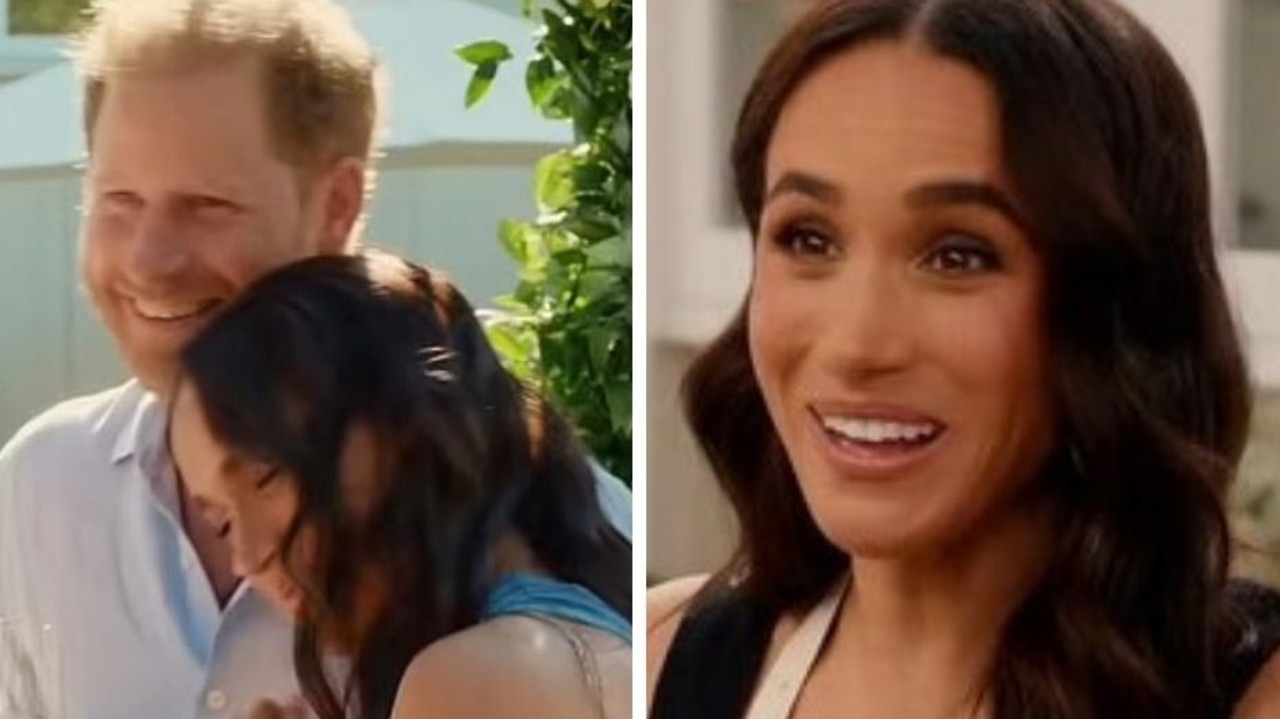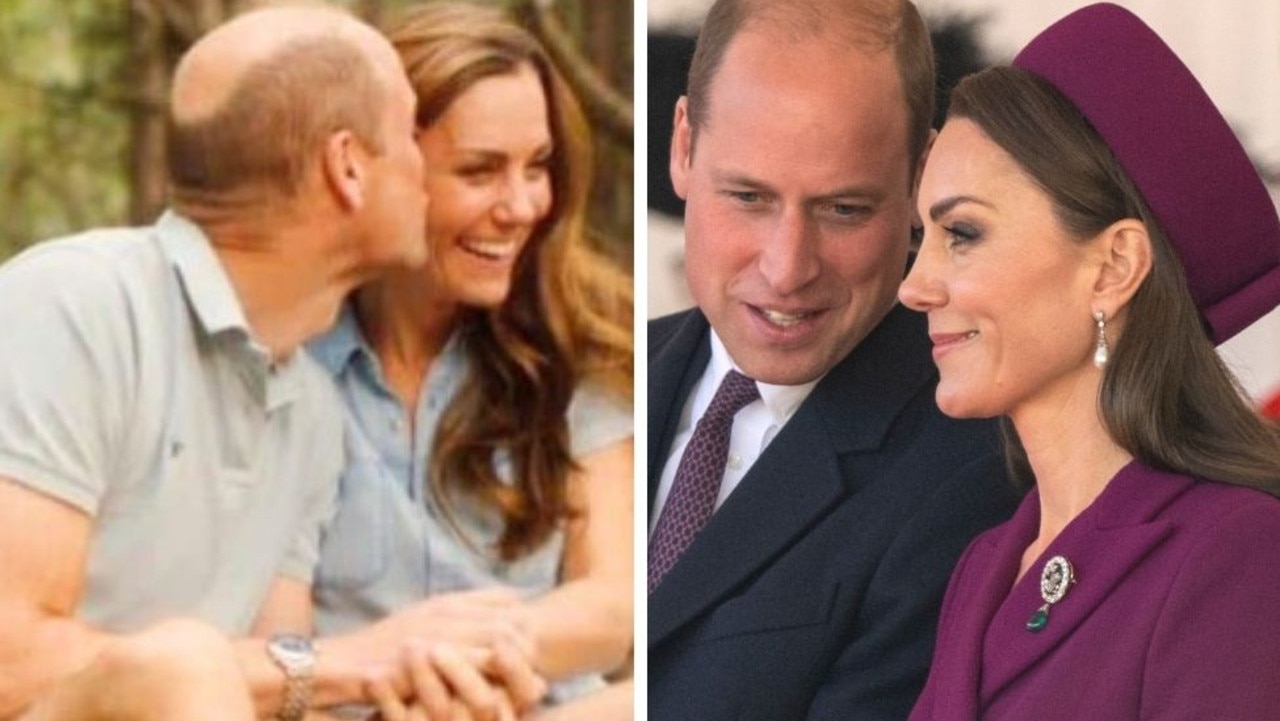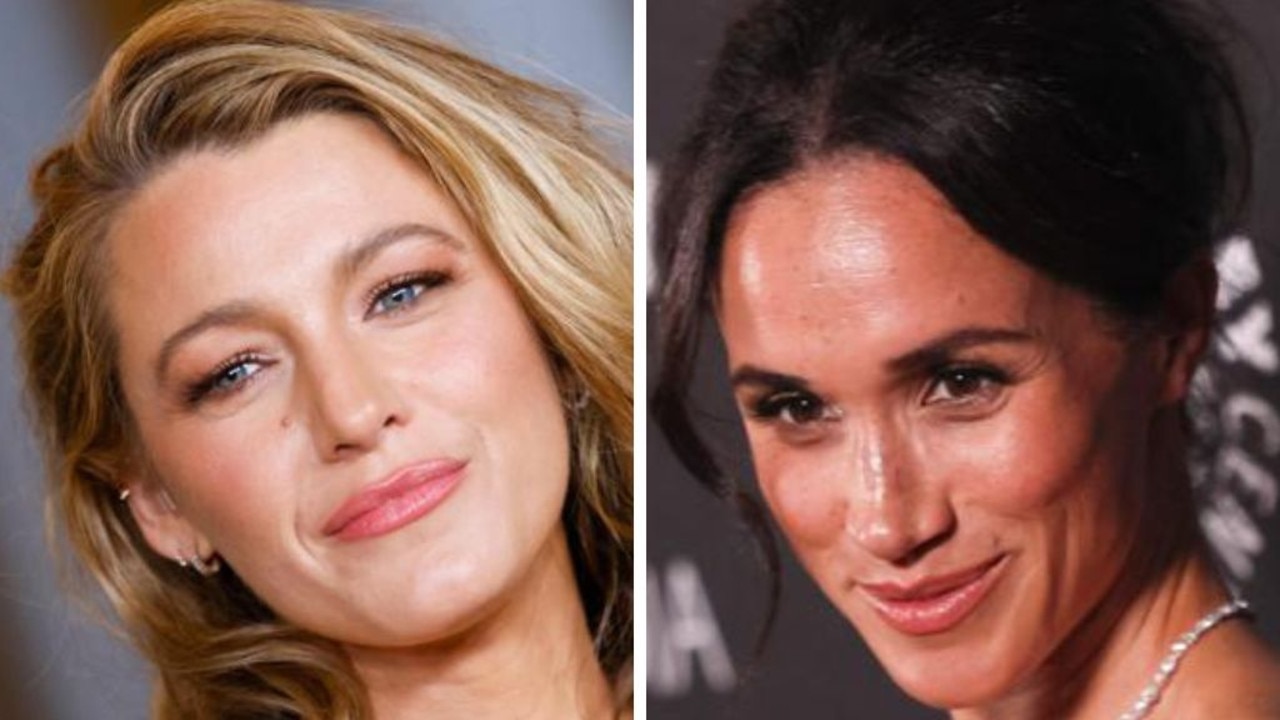‘Diana’s fatal attraction’: The myth that Prince Harry’s emotional statement ignores
Prince Harry made an extraordinarily personal statement yesterday — and while his outrage is palpable, it is founded on a big myth.

Easter, 1993. Prince William and Prince Harry were on school holidays when their mother Diana, Princess of Wales decided to take them to Thorpe Park, a Surrey amusement park which boasted a series of Disneyland-esque attractions.
Images of the Princess and her two beaming sons (and a jolly balding bodyguard) drenched, on a log ride have long since passed into icon status.
This was the then-32-year-old royal at her relatable best, just another mum enjoying a wonderful day out with her kids.
But the reason that the world knows what happened that day and got to play intimate witness to the trio’s off-duty jaunt was because someone had tipped off the press — and that someone was, allegedly, Diana.
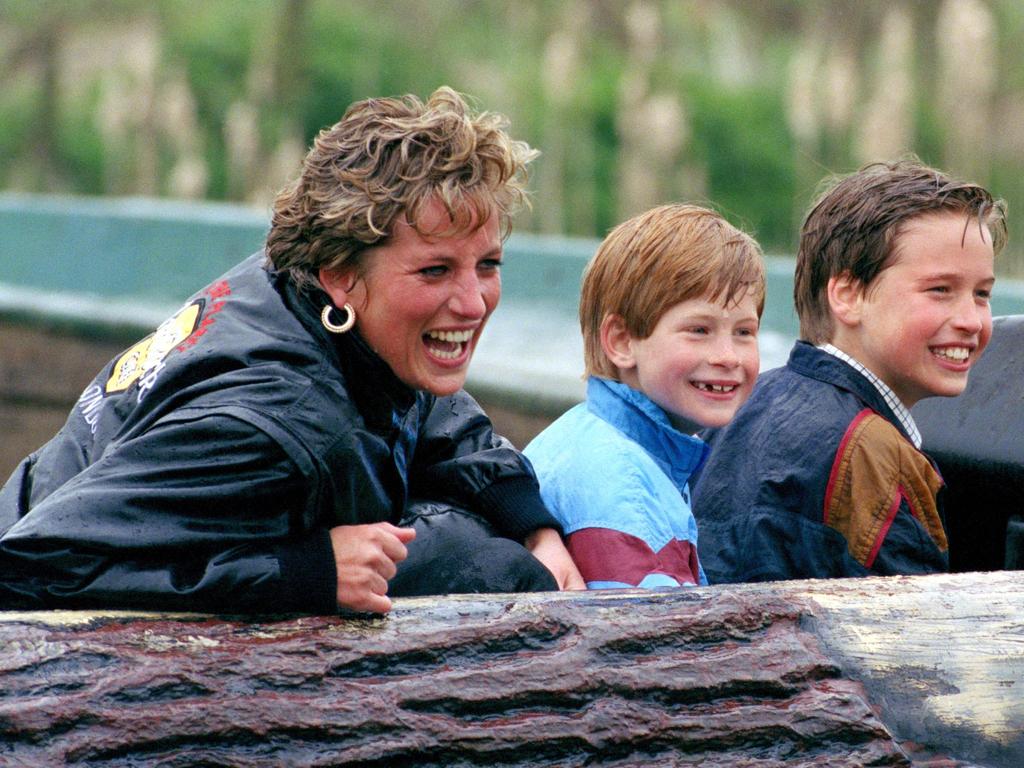
This week, the Princess of Wales’ relationship with the media is back in the news after Prince Harry released an extraordinary and personal statement announcing that his wife, Meghan, Duchess of Sussex, was launching legal action against the Mail on Sunday.
In his 570-word outpouring the Prince writes: “My deepest fear is history repeating itself. I’ve seen what happens when someone I love is commoditised to the point that they are no longer treated or seen as a real person. I lost my mother and now I watch my wife falling victim to the same powerful forces.”
Clearly when Harry references “powerful forces”, he is referring to sections of the media. However, the relationship between Diana and the Fourth Estate was a far more complicated dynamic than that of simply victim and pursuer.

Diana’s turbulent relationship with journalists started when she warily agreed to let a photographer snap her while at work at the Young England nursery in 1980 when she was dating Prince Charles.
Unbeknown to her, the sunlight was shining through her skirt, rendering it entirely see-through. She was a teenager with little understanding of the machinations of the press or the necessity of carefully controlling your image. Her naivety and innocence when it came to the press is startling in retrospect.
During the first years of her marriage, Diana built up something of a relationship with the cadre of mostly men who, armed with cameras, followed her every move. They bore witness to “Shy Di” morphing into the megawatt royal superstar who wowed everyone from world leaders to Mother Teresa, while her husband stood in the background twiddling his signet ring.
What no one knew was that behind the beaming facade, Diana was screaming. Not only had she suffered from bulimia for years and had struggled with her mental health, but here she was trapped in a marriage that had started crumbling nearly as soon as it started.
The pain, frustration and anger she felt at being courted by an ancient institution to join its ranks and then left to suffer the devastating consequences was completely understandable.
But what means did she have to fight back? What weaponry did she have at her disposal, faced with going up against a powerful, wealthy foe?
The media.
Diana intrinsically understood the power of the press, to change perceptions and to wrest back control over her narrative. It has been widely reported that she would regularly tip off the press when she was appearing in certain, private settings such as with her sons that day, when they went to Disney World in Florida or when she was undertaking a philanthropic mission.
These instances helped solidify her public image as that of a caring, joyful parent, making Charles seem even more dreary and musty by contrast.

Meanwhile, she built up working relationships with many of the royal reporters, especially the Daily Mail’s Richard Kay whom she would often call for advice, with biographer Tina Brown writing that the royal even nicknamed him “Riccardo”.
In 1991, she took the nuclear option, turning to journalist Andrew Morton to share her true story, with his bombshell book (released the following year) rocking the royal family to its very core.
Enraged, hurting and left with no other avenue, this was Diana forcefully asserting herself in a way the royal family had never known before. (She would follow suit in 1994 with her unprecedented Panorama interview.)
Clearly, she had well and truly mastered the art of using the media to her own ends. But, while the Princess of Wales might have thought she was pulling the strings with the rapacious press it was (and is) an impossible beast to tame.
After her separation from Charles was announced in 1992, Diana became the ruthless paparazzos’ ultimate prey, as they dangerously sped through London to catch her, or they abused her in public to try and prompt a reaction.
Some resorted to doing things such as calling out “B**ch!” to try and make her look at their cameras, and once a snapper yelled at her, “Why don’t you put your head up and start acting like a f***ing Princess?”
One particularly horrible instance took place as she took Harry and William to see Jurassic Park after the funeral of her grandmother Lady Ruth Fermoy. Distraught she raged at the paps: “You make my life hell! You make my life hell.”
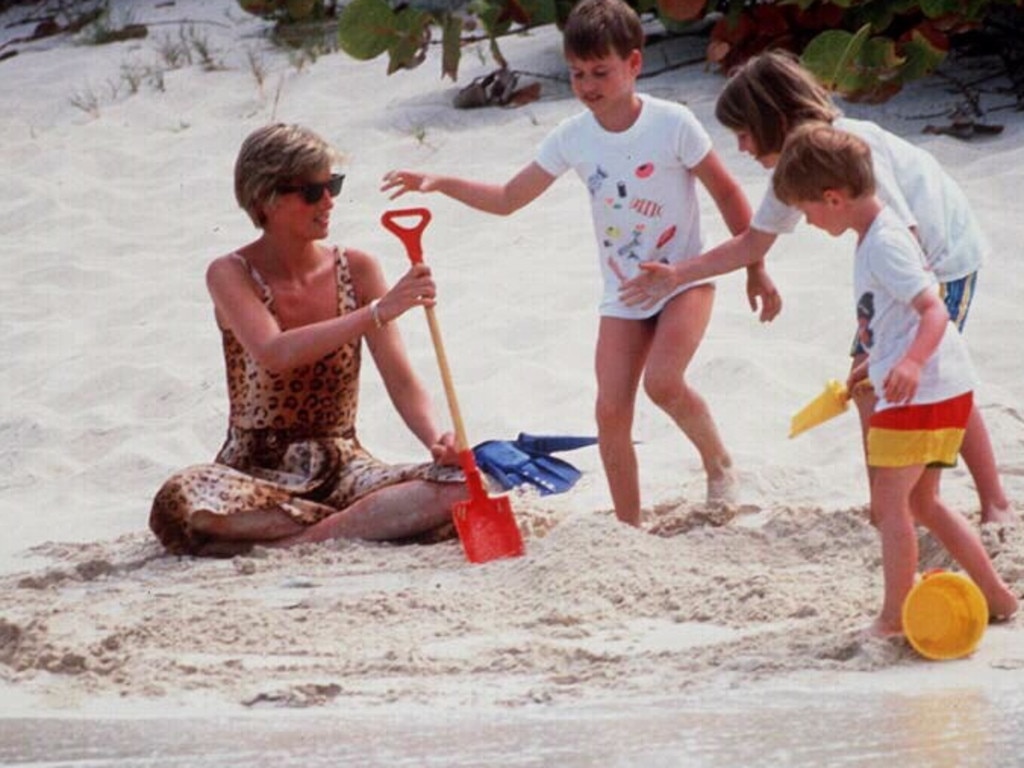
Despite this, Diana continued to wield her sway over the press and even towards the end of her life, Diana was wheeling and dealing with photographers, according to Brown.
She says that the shot of Diana kissing Dodi during their cruise aboard his father’s superyacht, the Jonika, came about after the Princess tipped off a particular paparazzo. When the images were splashed across front pages the world over, she alleges, that Diana called the snapper “not to protest but to ask why they were so grainy”.
Only weeks later, Diana would tragically be killed in a tunnel in Paris, after dozens of photographers had given chase to the car she was travelling in.
Former Vanity Fair and Tatler editor Tina Brown writes in her definitive biography of Diana that: “The camera was Diana’s fatal attraction. She had a sixth sense about when it was trained on her even when she couldn’t see it.
“It had created the image that had given her so much power and she was addicted to its magic, even when it hurt. Her life’s obsession was how to control the genie she had released.”
The uncomfortable reality was that Diana needed the press to assert herself and strike back against her husband’s unfeeling family, but by doing so, she unleashed a monster she could not control.
The Princess of Wales’ life was intrinsically entwined with the press, a symbiotic yet destructive pairing, which took an extraordinary personal toll. However, it is a myth that she was a victim, pure and simple.
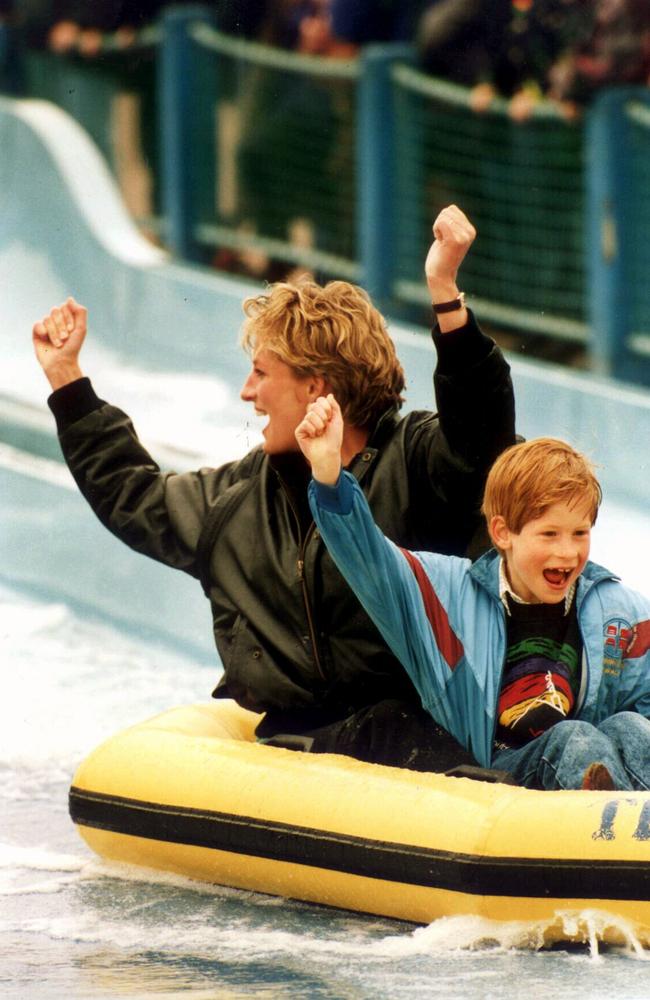
It is completely understandable that Harry, having witnessed the harassment Diana suffered, still feels a deep and abiding dislike for the press. However, the full picture is more complicated. When Diana most needed it, the press were only means of fighting back when she so desperately needed her voice and her pain to be heard by the world.
You can watch the video of Diana, Wills and Harry’s trip to Thorpe Park. In it, Diana laughs and smiles, occasionally making eye contact with the camera. Wills jokes around, including when a man who most likely is his bodyguard chats to a cameraman. And Harry? Even at age seven, he seems wary of the loitering, attendant press. Sadly for him, maybe he had every right to be.
Daniela Elser is a royal expert and freelance writer with 15 years experience working with some of Australia’s biggest media brands.

